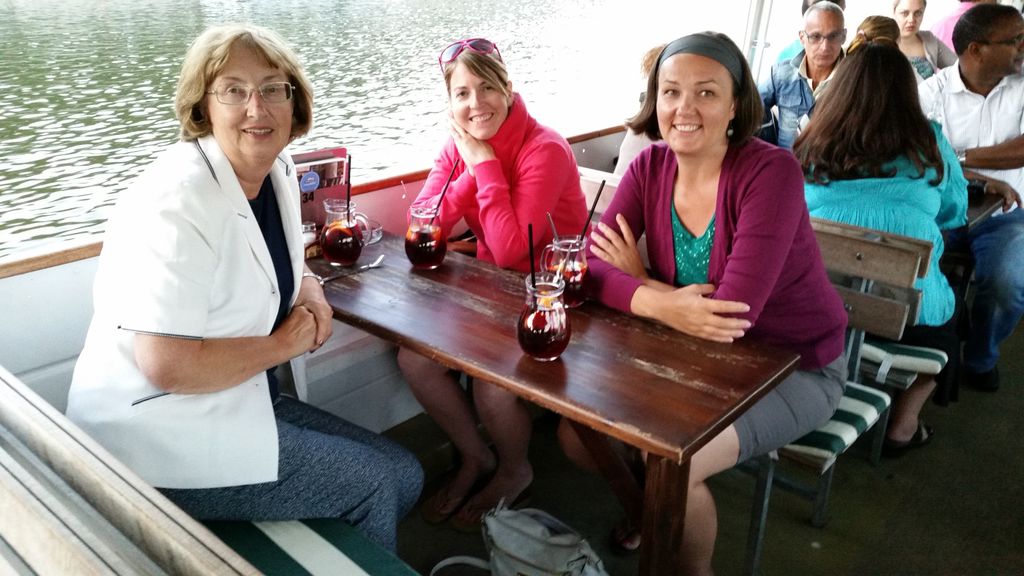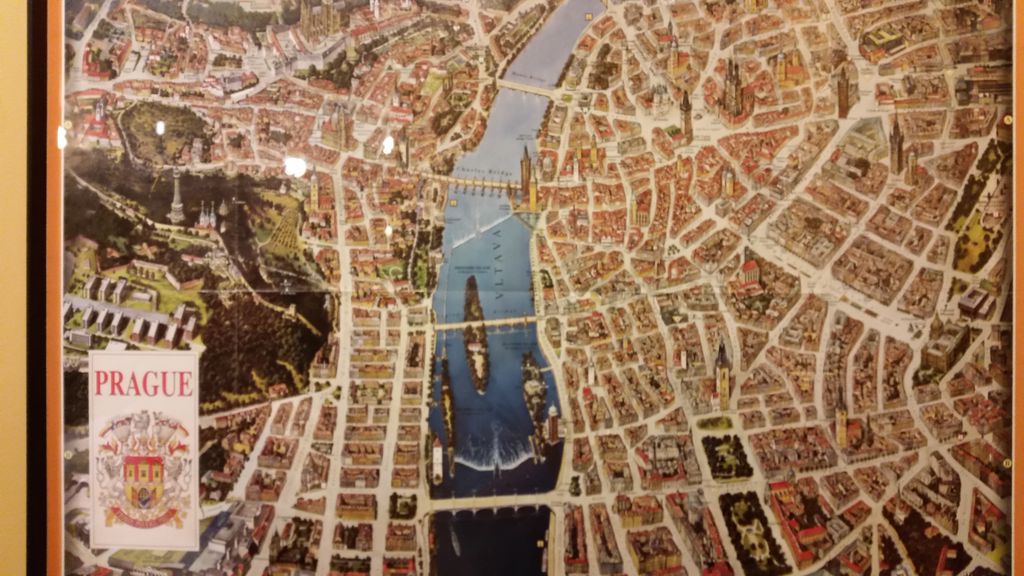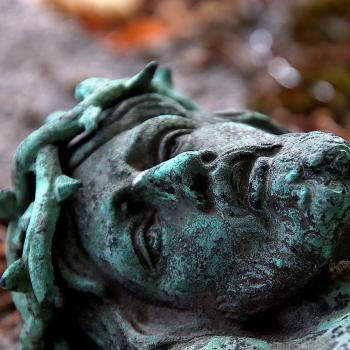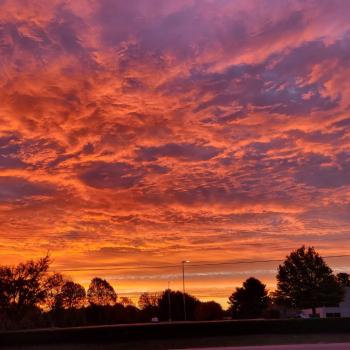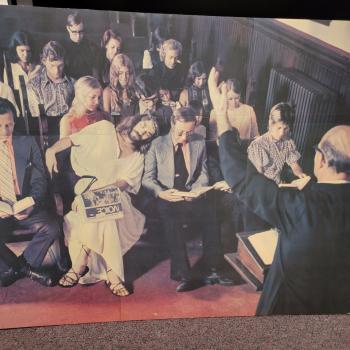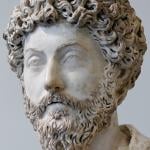The proper transliterated name of the city is Praha, but Westerners have called it Prague forever, and so we will call it both. After the SBL conference in Vienna (which we shall get back to in due course) at the beginning of July, we took the train to Praha, about four hours by slow train from Vienna (which is actually Wien as in Wiener Schnitzel and Wieners (hot dogs etc.). As in Vienna, we had an Asbury graduate, Jennifer Alexander, whom you will see in due course, who is doing ministry in Praha. She and her roommate were our tour guides to this beautiful ancient eastern European capital city in the Czech Republic. Let’s start with a map and work backwards chronologically, which means we start with the jazz river cruise first.
Many if not most of the great capital cities in Europe are on rivers, large rivers, which is not a surprise considering economics and commerce dictated that is where they would need to be in centuries past. Surprisingly Praha is actually northwest of Vienna, and unlike Vienna, which was more heavily bombed and has many post World War II buildings (nonetheless built in an older style of architecture), it still looks like an medieval eastern European city as we shall see.
Our cruise began at dusk, so around 8ish. 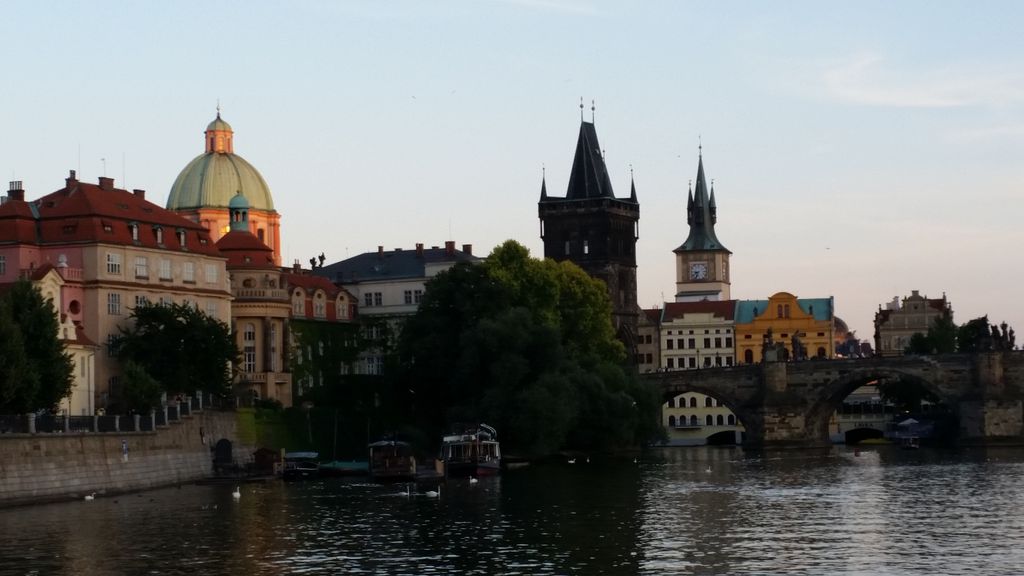
The city’s great buildings, parliament, opera house, cathedrals, etc. are mostly on the river or on a hill overlooking the river Vltava, or as the Germans called it die Moldau, which not accidentally is the name of Smetana most famous composition Die Moldau. He was a resident of Praha.
You will see statues of the famous composers in the museums and on the opera house.
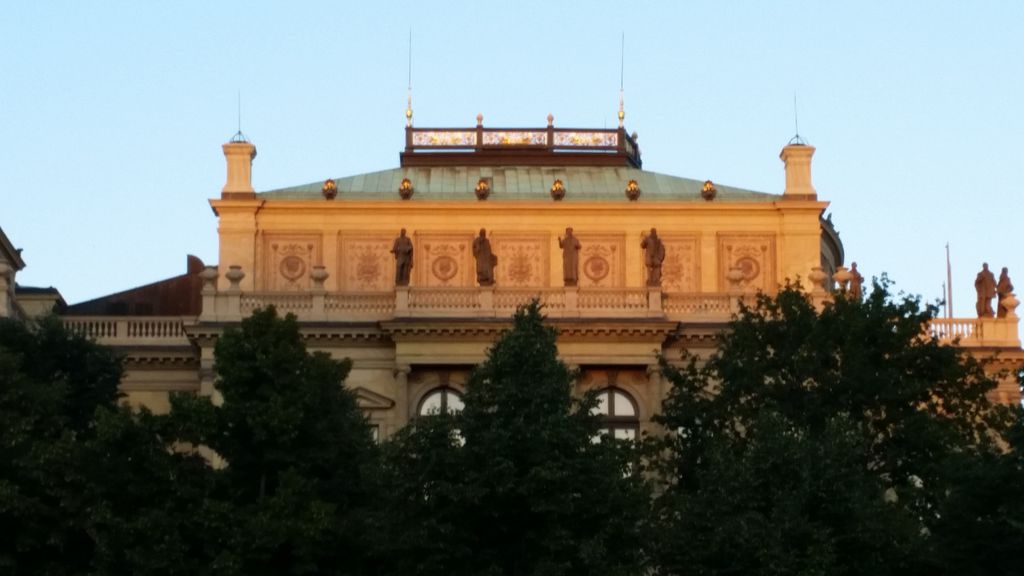
(Other famous composer from this area— Anton Dvorak, though he also lived in NY and his most famous work is his New World Symphony, composed there).
The bridges on the river are spectacular, festooned with columns and statues, and in one case, even a jail cell!.

We were fortunate enough to do our cruise on a clear night with a full moon, over the government buildings!


The Catholic cathedral up on the hill is the largest in all of Europe, and fortunately was not bombed in WWII. Like so many eastern European cities, Praha is still recovering not just from WWII and its devastations but from communism which deadened the spirits of the people, perhaps especially the Christians. Jennifer and her roommate told us stories about the difference between the remaining residents who lived during and after the war under communism. The middle generation who were half and half, and then the young generation who seem to have recovered most of their joie d’vivre.
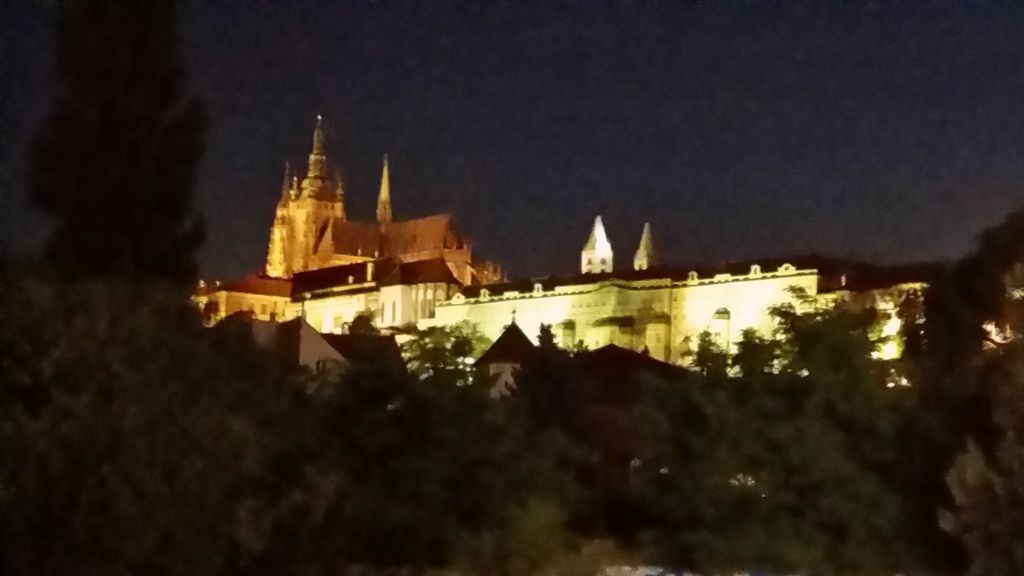
The city is full of cathedral spires and giant clock towers and the like.






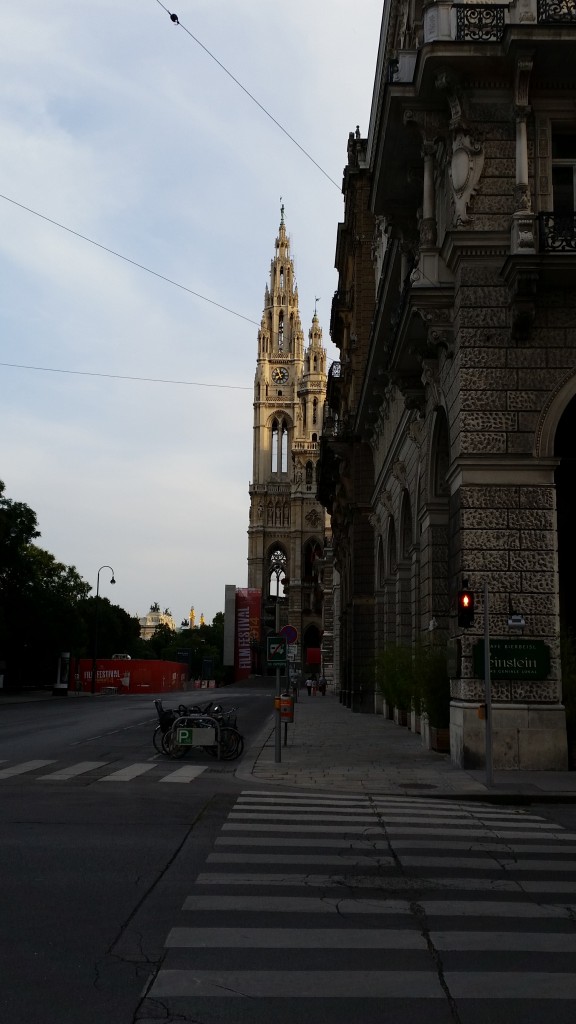
If you can’t get in-spired by the spires in this city then you must not be a-spiring to much! Of course some buildings look different in the day light than at night.


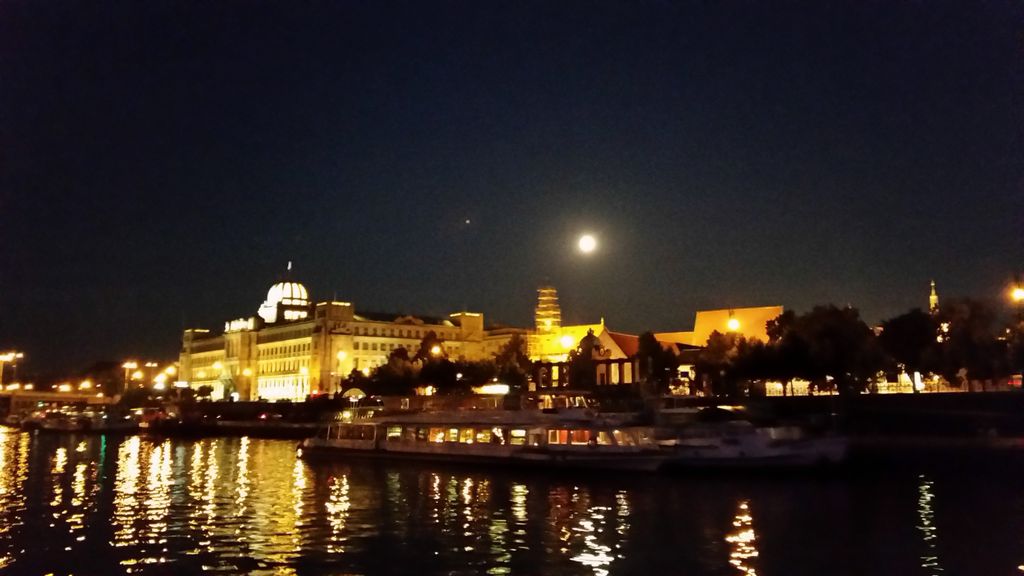
And here are the fine ladies I was hanging around with, my wife Ann on the near side and Jennifer in the pink on the far side and her roommate.
